The Ural Mountains are one of the most important mountain ranges in the world. They mark the natural border between Europe and Asia. Stretching thousands of miles from the frozen Arctic Ocean to the warm plains of Kazakhstan, the Urals are a symbol of both beauty and geography.
These mountains are not only famous for their length but also for their history, culture, and mineral wealth. Understanding where the Ural Mountains are and what makes them special gives us a deeper look at how nature shapes continents.
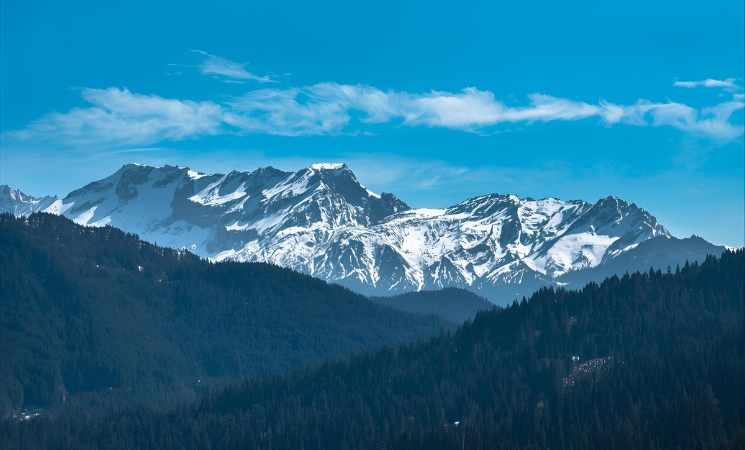
Where Exactly Are the Ural Mountains Located?
The Ural Mountains lie mainly in Russia and partly in Kazakhstan. They extend in a north-south direction for about 1,500 miles. Their northern tip touches the Arctic Ocean, while the southern end reaches the steppes near the Caspian Sea.
To the west lies the European part of Russia, and to the east stretches Siberia in Asia.
Because of this location, the Urals are often described as the dividing line between Europe and Asia.
If you look at a map, the Urals run almost perfectly vertical, like a spine that separates two continents.
Quick Facts About the Ural Mountains
| Fact | Details |
| Location | Russia and Kazakhstan |
| Length | About 1,500 miles (2,500 kilometers) |
| Highest Peak | Mount Narodnaya, 6,217 feet (1,895 meters) |
| Age | Over 250 million years |
| Direction | North to South |
| Main Rivers | Pechora, Tobol, and Ural |
| Natural Border Between | Europe and Asia |
| Major Resources | Iron, coal, gold, and precious stones |
| Famous City Nearby | Yekaterinburg |
| Famous Feature | The Ural Mountains divide continents and cultures |
Formation and Age
The Ural Mountains are among the oldest on Earth. Scientists believe they formed more than 250 million years ago when the ancient continents of Europe and Asia collided. That collision pushed up layers of rock that created the long, rugged range we see today.
Unlike the sharp peaks of young mountains such as the Himalayas, the Urals are rounded and smooth. Time and erosion have shaped them into gentle forms, covered with forests, rivers, and rolling hills.
Geographical Importance
The Urals are more than just a mountain range. They are a clear dividing line between continents. They separate European Russia from Asian Russia, which is why people often call Russia a transcontinental country.
The Ural region has a mix of cultures and traditions from both sides. You can find European architecture in western towns and Asian influence in eastern villages. This blend makes the area rich in heritage and diversity.
Just as the Appalachian Mountains in the United States mark history and resilience, the Urals mark geography and unity. Both ranges tell stories of how land connects people through time.
Natural Beauty & Climate
The Ural Mountains have everything from icy tundra to lush forests.
The northern part remains cold most of the year, while the southern areas enjoy a milder climate.
In winter, snow covers the peaks, turning them into white ridges under a pale sky. In summer, rivers flow with melted ice, and the forests fill with green. The landscape is full of wildlife, including bears, moose, and reindeer.
The beauty of these mountains often reminds travelers of Jaroconca Mountain, known for its quiet slopes and breathtaking views. Both share a sense of calm that feels timeless.
Rich in Minerals
The Ural Mountains are sometimes called the treasure chest of Russia. They are full of valuable minerals such as iron ore, coal, copper, gold, and gemstones like emeralds and topaz.
Mining in this region began centuries ago and continues today. These natural resources played a huge role in the growth of Russia’s industry and economy.
Cultural & Historical Value
For centuries, the Urals have been home to different ethnic groups. Old villages, wooden churches, and mining towns still reflect their long history. During World War II, many Russian factories moved to the Ural region to stay safe from invasion, making it a key center of production and defense.
Today, Yekaterinburg, one of Russia’s major cities, sits near the central Urals. It is a mix of modern life and old-world charm. Visitors often start their Ural exploration from here.
Tourism and Adventure
The Urals attract hikers, climbers, and photographers from around the world. Popular activities include mountain trekking, rafting, and skiing. Many travelers come simply to enjoy the silence of untouched nature.
If you enjoy exploring ancient landscapes, the Urals offer a different kind of thrill. They are not just high peaks but living history shaped by time, earth, and culture.
Final Thoughts
So, where are the Ural Mountains? They stand proudly in Russia, bridging two continents and two worlds. Their history, resources, and culture make them far more than just a physical landmark.
Whether you see them as a natural border, a land of minerals, or a place of quiet power, the Urals remain one of Earth’s most remarkable creations.








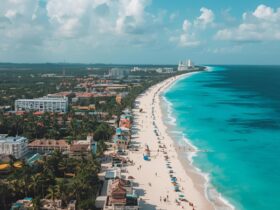


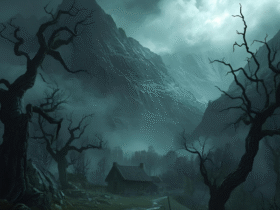

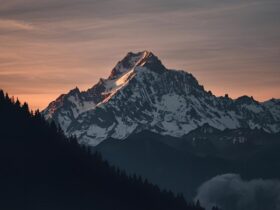
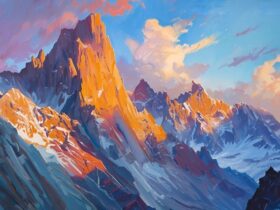
Leave a Reply